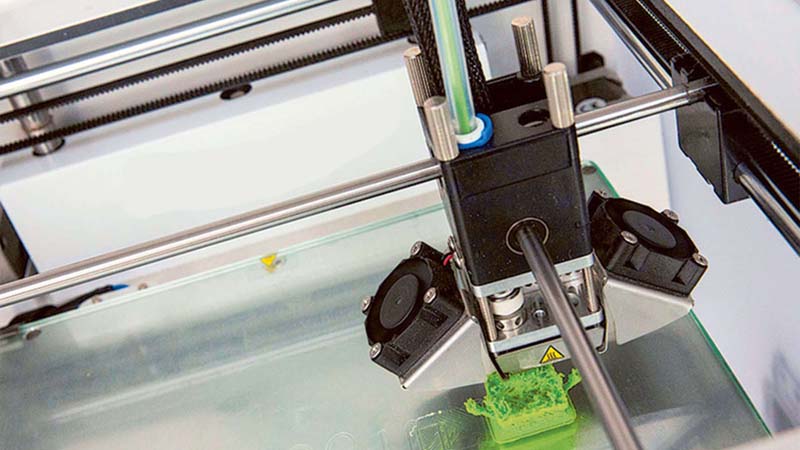Researchers have developed a new hand-held 3D printer that can deposit sheets of skin to cover large burn wounds, an advance that can lead to new ways of accelerating the healing process in patients suffering from severe burns.
According to the scientists from the University of Toronto in Canada, the device covers wounds with a uniform sheet of biomaterial, stripe by stripe.
The study, published in the journal Biofabrication, noted that the device dispenses ‘bio-ink’ composed of unspecialised cells which develop into different cell types depending on their environment.
In the skin environment, the bio-ink promotes skin regeneration and reduces scarring, the study said.
“Previously, we proved that we could deposit cells onto a burn, but there wasn’t any proof that there were any wound-healing benefits — now we’ve demonstrated that,” said study co-author Axel Guenther from the University of Toronto.
Currently burn wounds are treated with skin grafting, which requires transplantation of healthy skin from other parts of the body onto the wound.
“With big burns, you don’t have sufficient healthy skin available, which could lead to patient deaths,” said Marc Jeschke, co-author of the study from the University of Toronto.
According to the study, the prototype device includes a single-use printhead to ensure sterilisation, and a soft wheel that follows the track of the printhead, allowing for better control for wider wounds.
The researchers seek to reduce the amount of scarring, as well as help with wound healing.
“Once it’s used in an operating room, I think this printer will be a game changer in saving lives. With a device like this, it could change the entirety of how we practice burn and trauma care,” Jeschke said.

